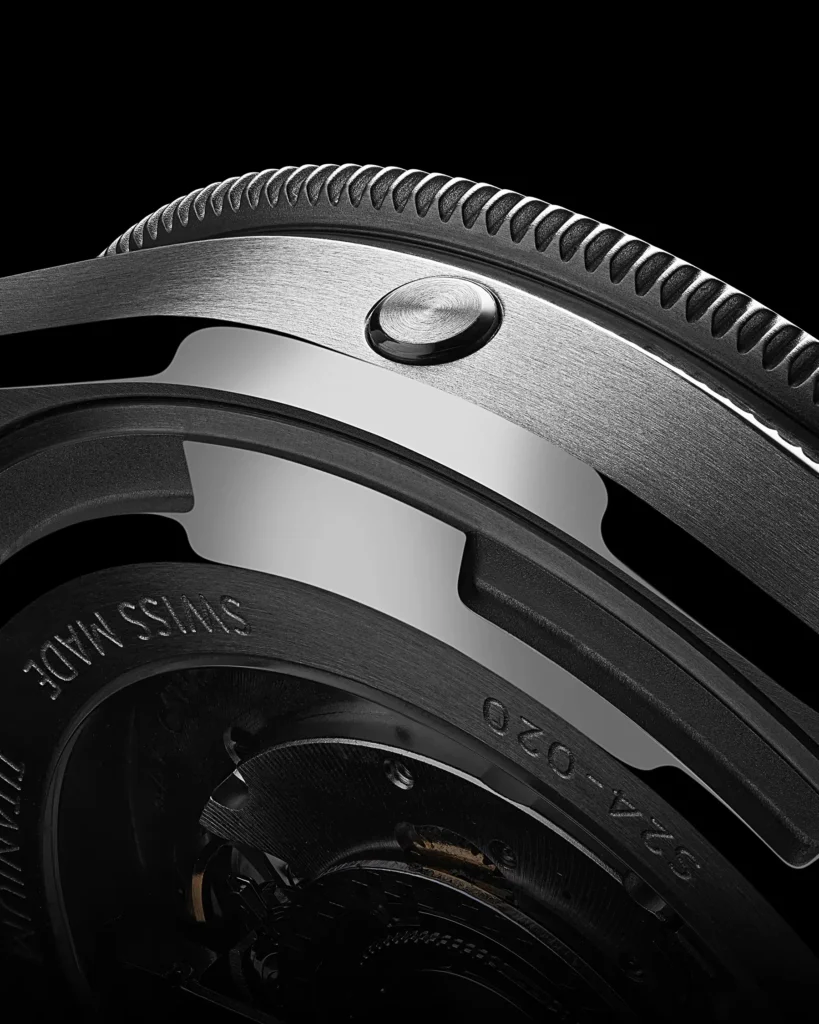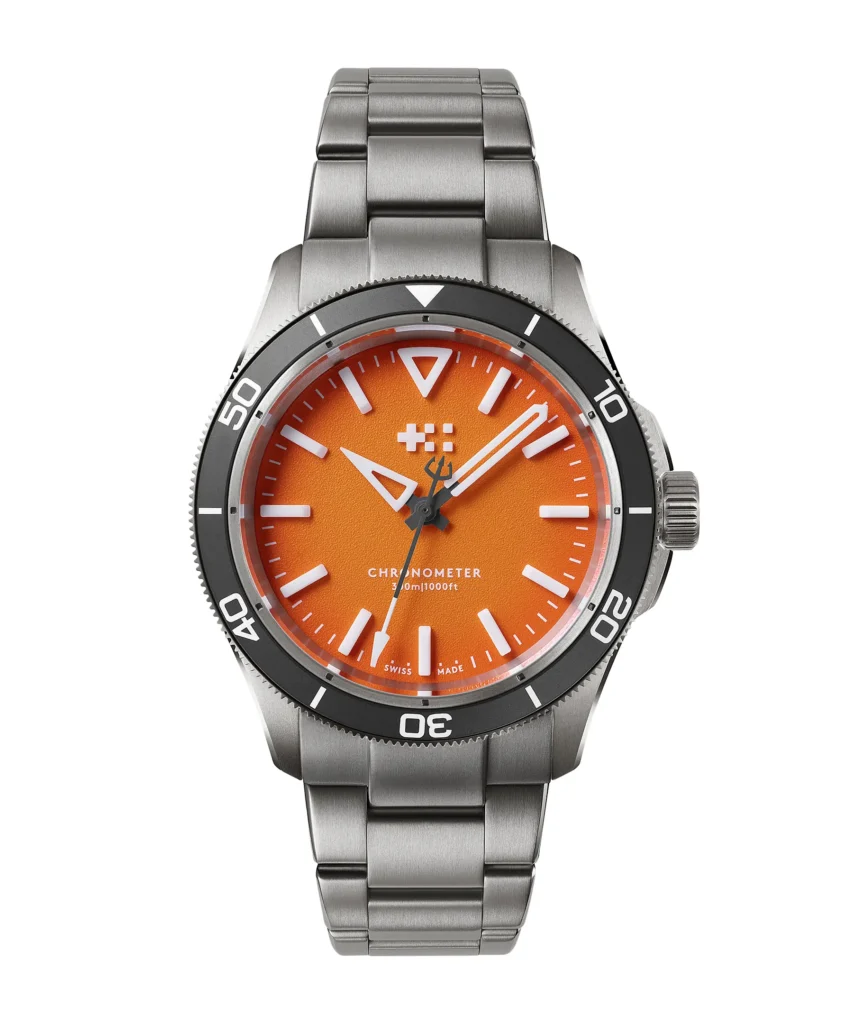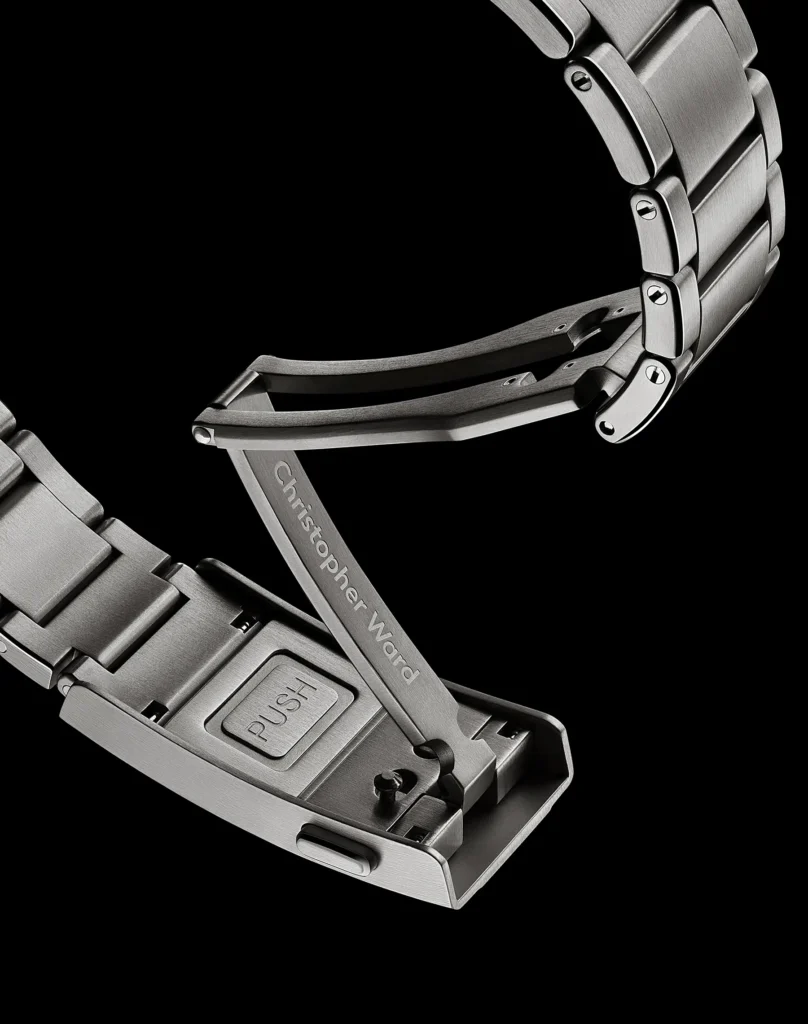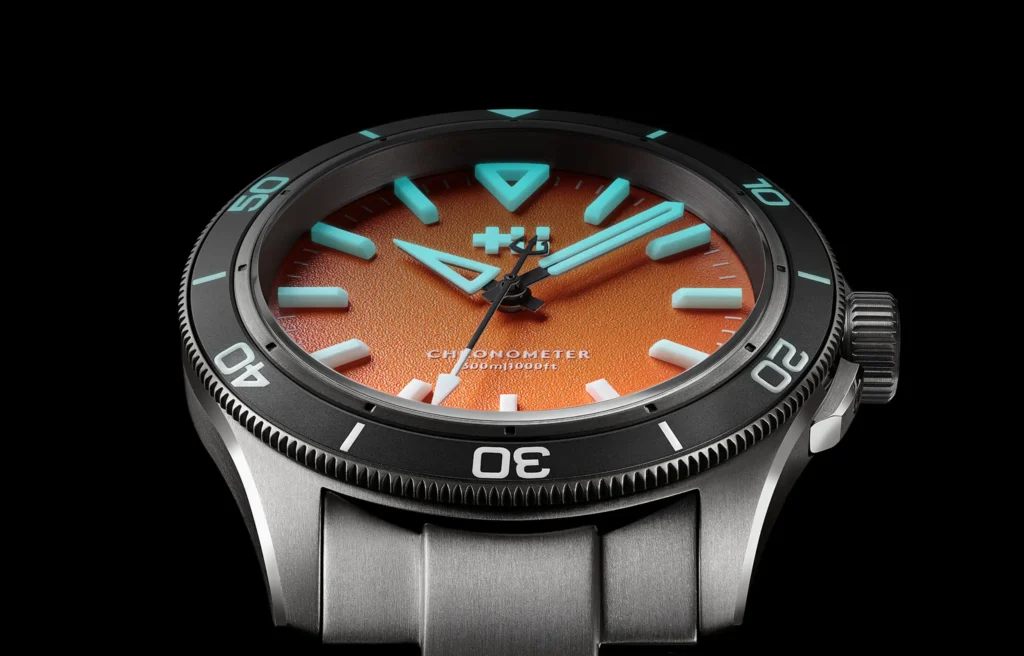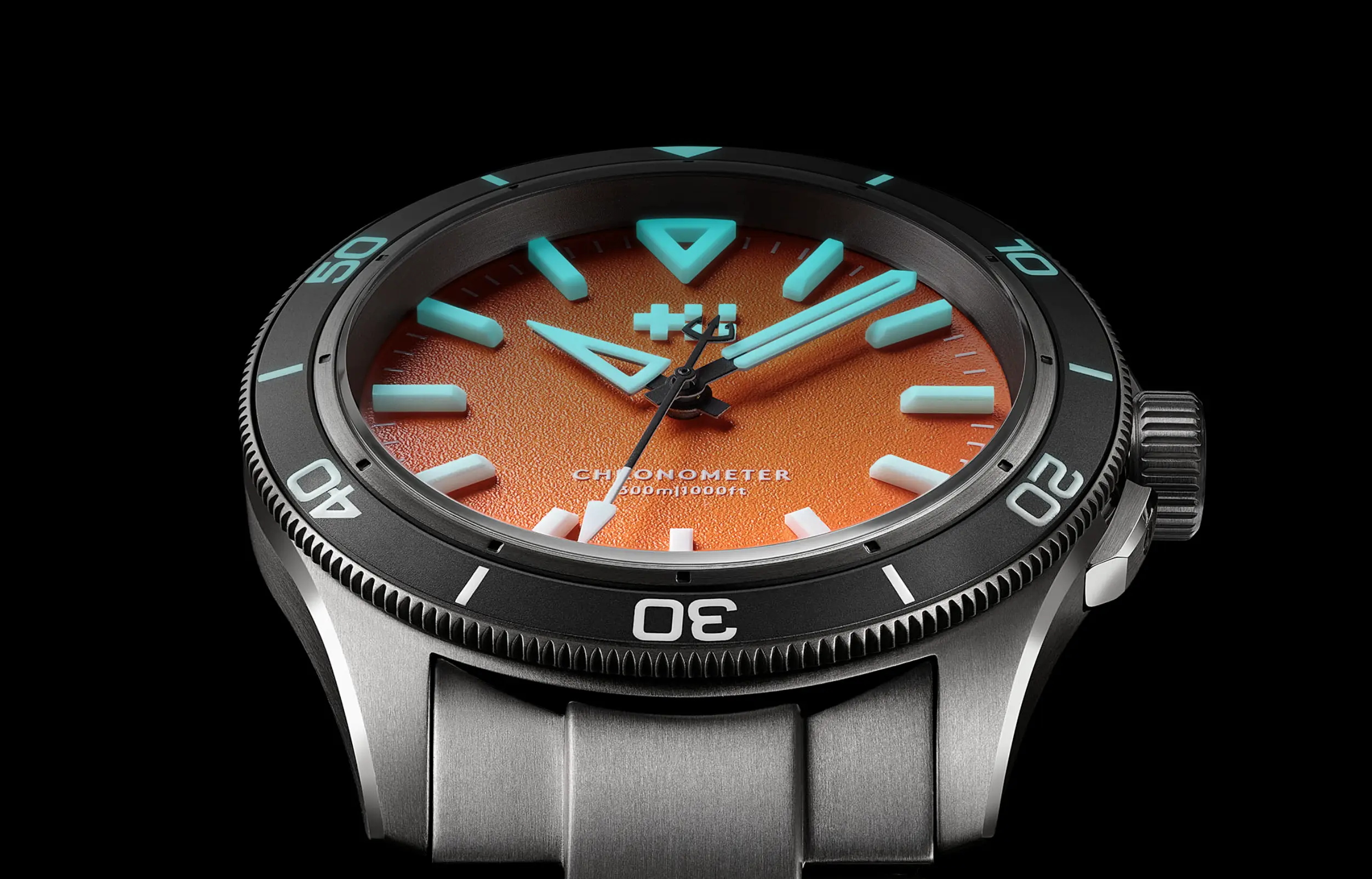Christopher Ward has been slowly but surely refining their approach to the dive watch, with a variety of executions being rolled out in recent years. You could call their approach somewhat scattershot, but when they land on something that works, they’re pretty good about building on that. Their latest comes within the C60 Trident family, and it’s called the Lumiere. This is a 41mm diver constructed from titanium, featuring very unique dial furniture that makes use of large Globolight lume structures to define the hour markers and hands. This is a compelling package at a glance, but finds itself in a crowded genre of capable tool watches.
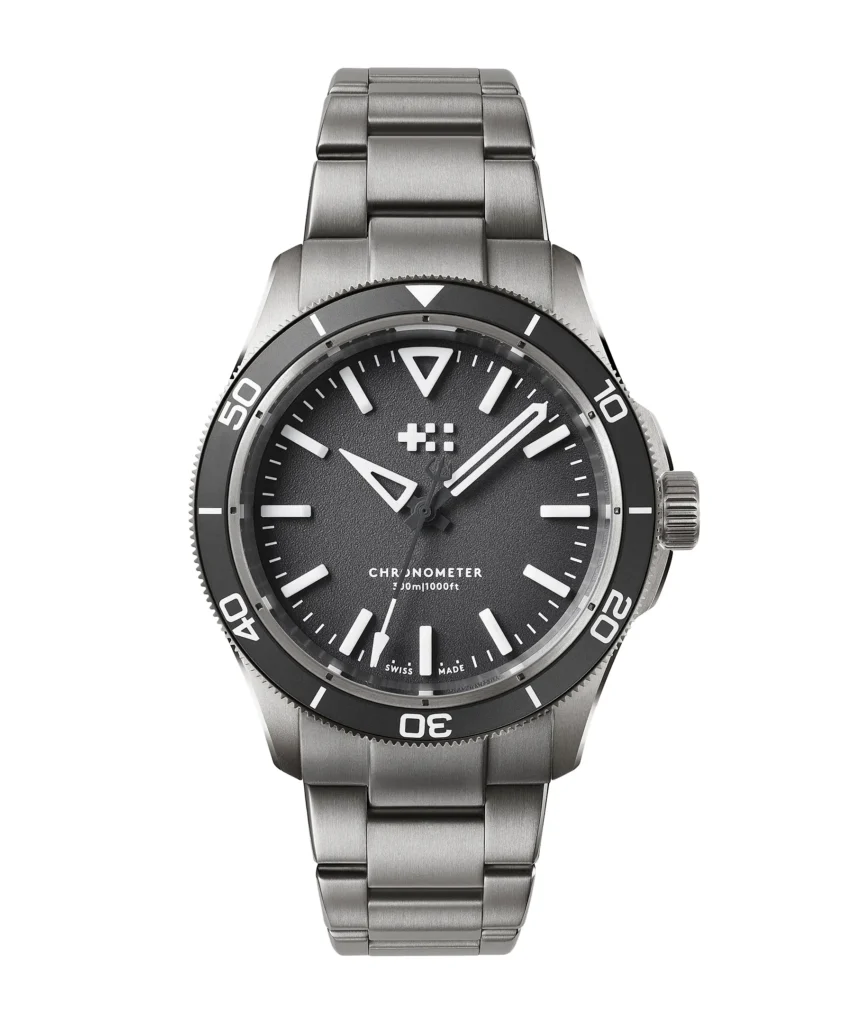
The C60 Trident Lumiere is a lot of watch on paper. This is a 300m diver, using a titanium case and bracelet that makes use of the brand’s ‘light catcher’ design language. There is a helium release valve that sits flush along the 9 o’clock side. It measures 41mm in diameter and under 11mm in thickness, and thanks to the lightweight material and curvature, should wear brilliantly on the wrist. It’s also chronometer certified, and has a quick adjustment system built into the clasp. It checks damn near every box. But all that stuff says very little about the real personality of the watch.
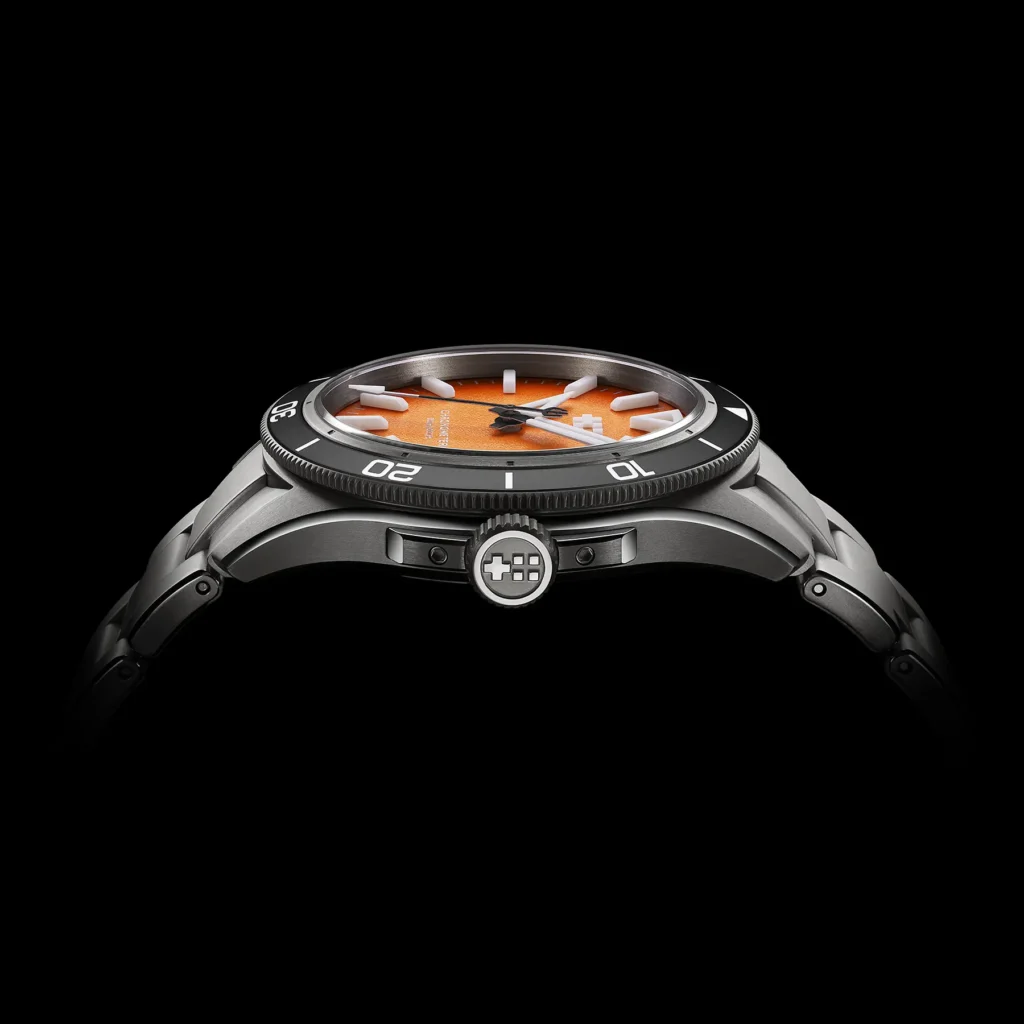
For that, we look at everything else, and thankfully, there’s plenty left to explore. The dial is the true focal point here. This is a time-only affair that manages a huge amount of contrast across all three color options thanks to the construction of the hands and hour markers. Each are made nearly entirely of Globolight XP, a luminous ceramic material made by Xenoprint. We’ve seen this material used by the likes of Aera on up to H. Moser, and it remains a powerful expression of legibility and design. They are merged in this case, as the structures themselves serve both as the lume and hour marker application. The result is super high contrast, and a rather dramatic amount of depth.
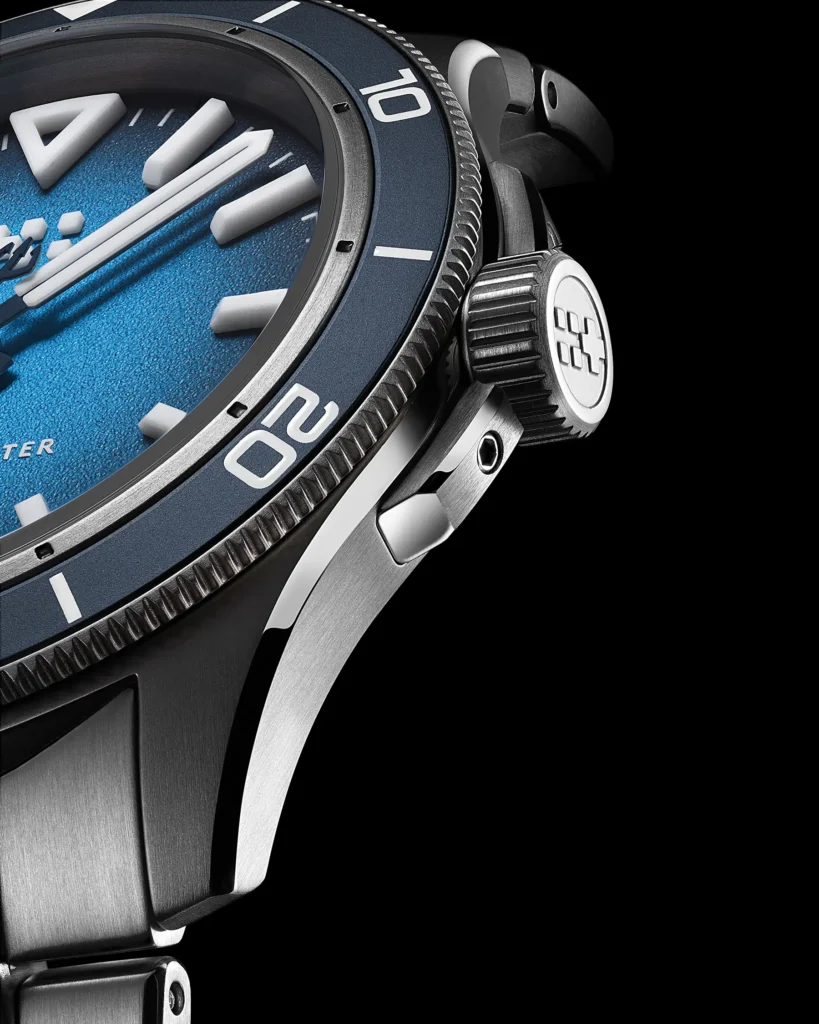
Christopher Ward is using the material for the hour markers, as well as much of the hour and minute hand. Both hands are hollow, with just the outline serving as the defining component. Due to the construction method, the outlines themselves are quite thick and distinctive. Matching the markers and the large triangle marking 12 o’clock. One detail you may love or loathe is the literal trident shape at the counterweight of the seconds hand. All of this is set over a fume dial with a stipple graining texture that is being offered in orange, blue, and gray.
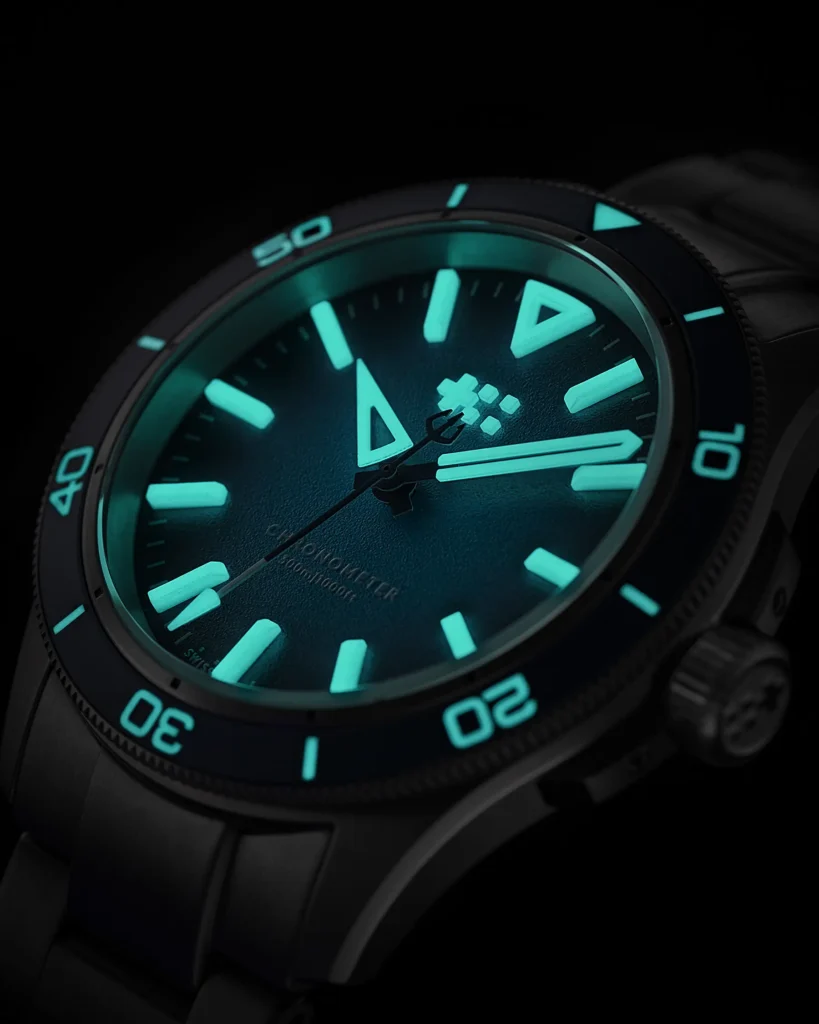
Inside you won’t be surprised to find a COSC certified Sellita SW300-1 automatic movement, which is visible through an exhibition window around back. This is a detail I generally don’t associate with serious dive watches, and I could certainly do without it here, but it’s a small niggle in an otherwise strong package.
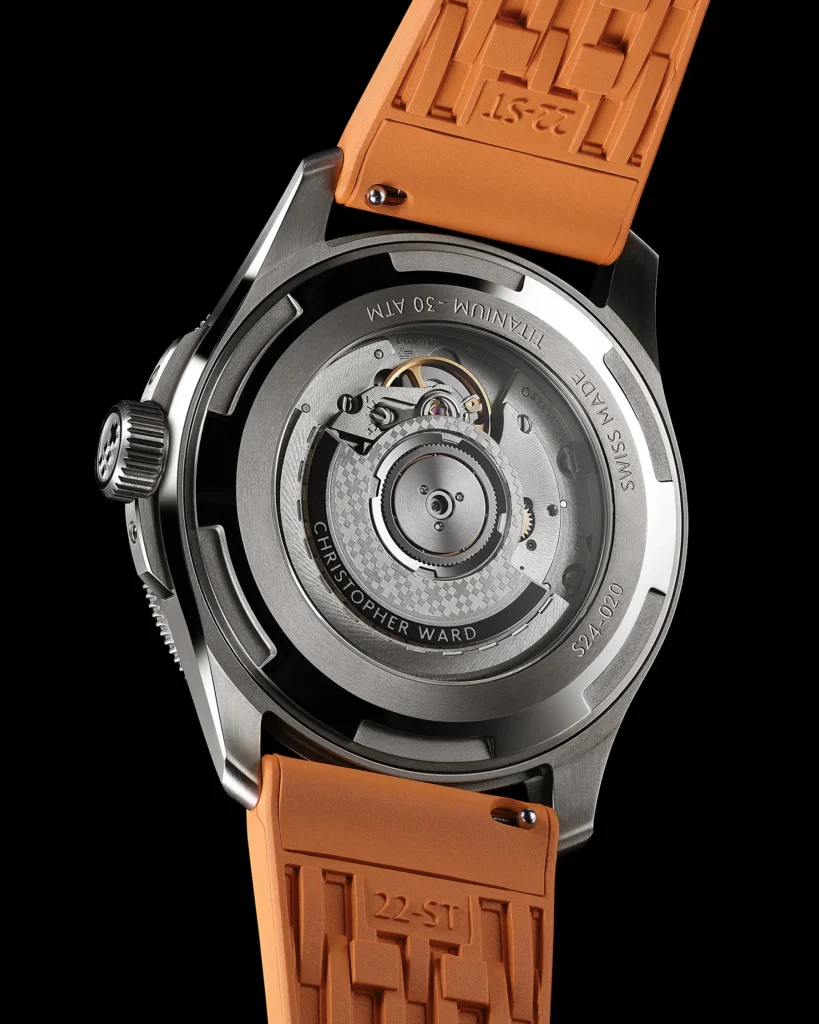
There’s a lot to celebrate with this watch. Legibility should remain strong in any environment or lighting conditions, and the ergonomics look to be huge strong points. The use of Globolight is a defining feature here, and indeed that’s where we find most of the visual personality of the watch. The execution is bold, but it will need some consistency and evolution (perhaps with a touch of refinement brought along the way) in order to create a true foundation for itself among the broader market of dive watch enthusiasts.
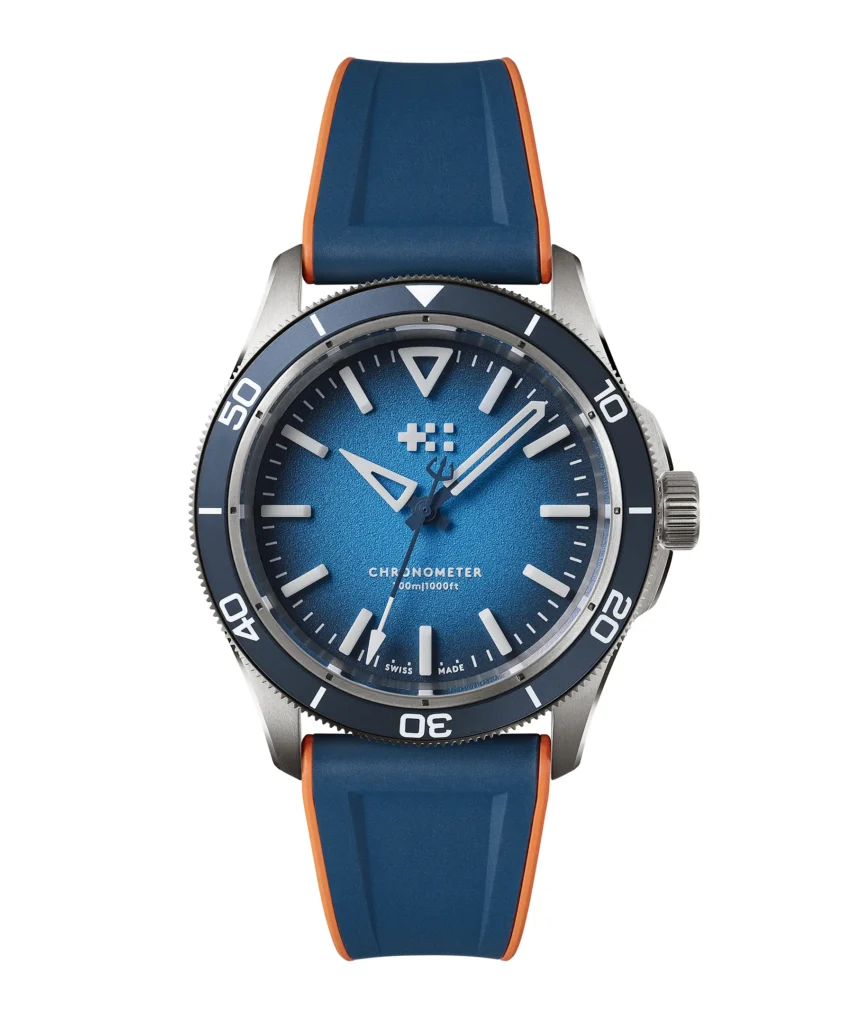
The Christopher Ward C60 Trident Lumiere is available now directly from the brand, and is priced from $1,975 on a rubber strap, and $2,390 on a titanium bracelet. Christopher Ward

